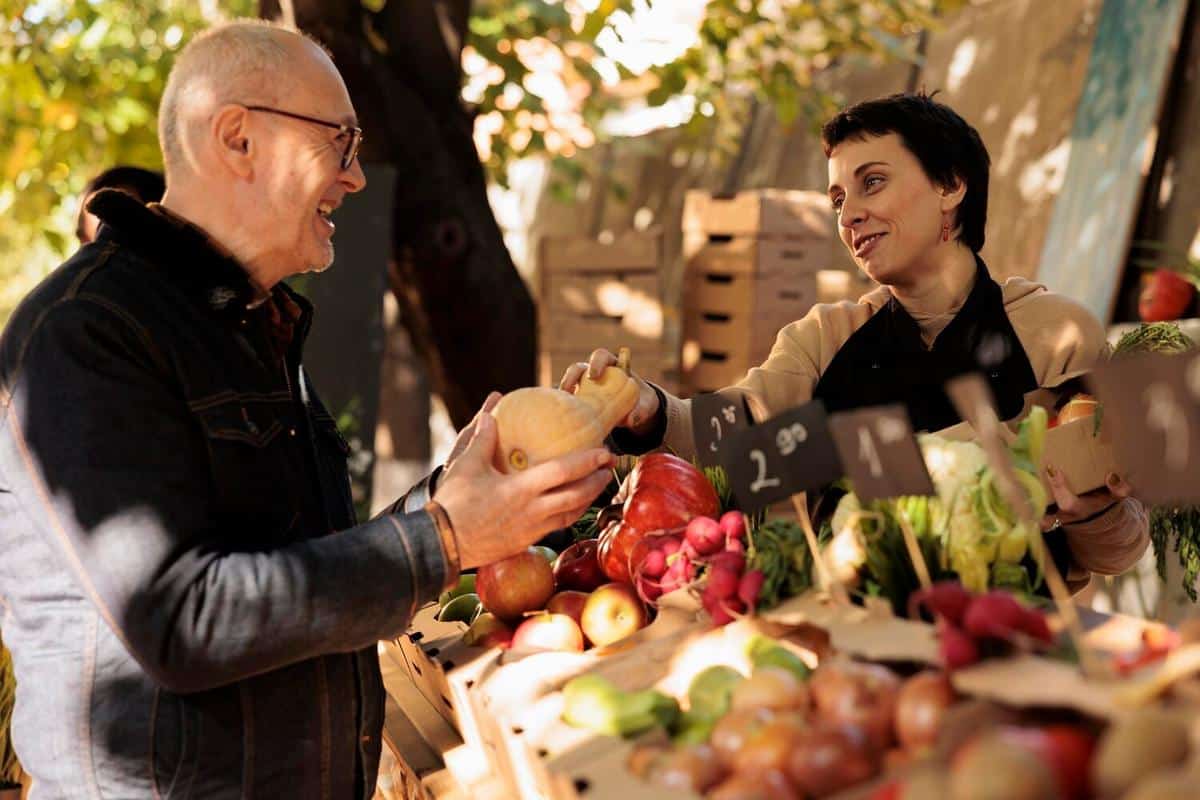
How to Cook Seasonal and Local Foods
Embracing seasonal and local foods in your cooking not only enriches your meals with freshness and flavor, but also supports sustainability and the local economy.
The Benefits of Cooking with Seasonal and Local Foods
When you choose to cook with seasonal and local foods, you’re not just selecting ingredients; you’re making a commitment to sustainability and quality. According to the United States Department of Agriculture (USDA), seasonal foods are often more nutrient-rich and require fewer resources to reach your table, making them a smart choice for the environmentally conscious cook.
“Eating in season is one of the most delicious ways to support the health of our planet,” says renowned chef Alice Waters.
Understanding Seasonal Foods
Seasonal foods are those that are harvested at their peak ripeness, which means they are fresher, tastier, and often more affordable. A study by the University of California found that seasonal fruits and vegetables can have up to three times the nutritional value compared to out-of-season produce.
Exploring Local Produce
Local foods are sourced from nearby farms, reducing the carbon footprint associated with long-distance transportation. The American Farm Bureau Federation highlights that buying local supports community farmers and ensures that your food is fresh and full of flavor.
Example: A Local Market Adventure
Imagine strolling through a bustling farmers’ market on a crisp autumn morning. The vibrant colors of squashes, apples, and root vegetables fill the air with an earthy aroma. This local market experience not only connects you to your community but also inspires culinary creativity.
Actionable Tips for Cooking Seasonally and Locally
- Visit local farmers’ markets or join a community-supported agriculture (CSA) program to access fresh produce.
- Plan meals around what is in season; for example, use pumpkins and squash in the fall.
- Preserve seasonal flavors by freezing or canning fruits and vegetables.
- Get creative with substitutions—use seasonal ingredients as alternatives in your favorite recipes.
Check online resources like the Seasonal Food Guide to identify what’s in season in your area.
Creating a Seasonal and Local Menu
| Season | Fruits | Vegetables |
|---|---|---|
| Spring | Strawberries, Rhubarb | Asparagus, Peas |
| Summer | Blueberries, Peaches | Tomatoes, Corn |
| Fall | Apples, Pears | Squash, Kale |
| Winter | Citrus, Pomegranates | Brussels Sprouts, Sweet Potatoes |
FAQs
How can I find local produce near me?
Check out local farmers’ markets, farm stands, and CSAs. Websites such as LocalHarvest can help you locate these resources.
What are the benefits of eating seasonal produce?
Seasonal produce is often more flavorful, nutritious, and environmentally friendly. It also supports local economies.
Conclusion
Cooking with seasonal and local foods is a fulfilling way to enhance your culinary endeavors while supporting sustainability. By making small changes in your shopping habits and menu planning, you can enjoy the freshest ingredients and contribute positively to the environment. Start exploring what’s in season in your area and transform your meals into delightful, eco-friendly creations.


